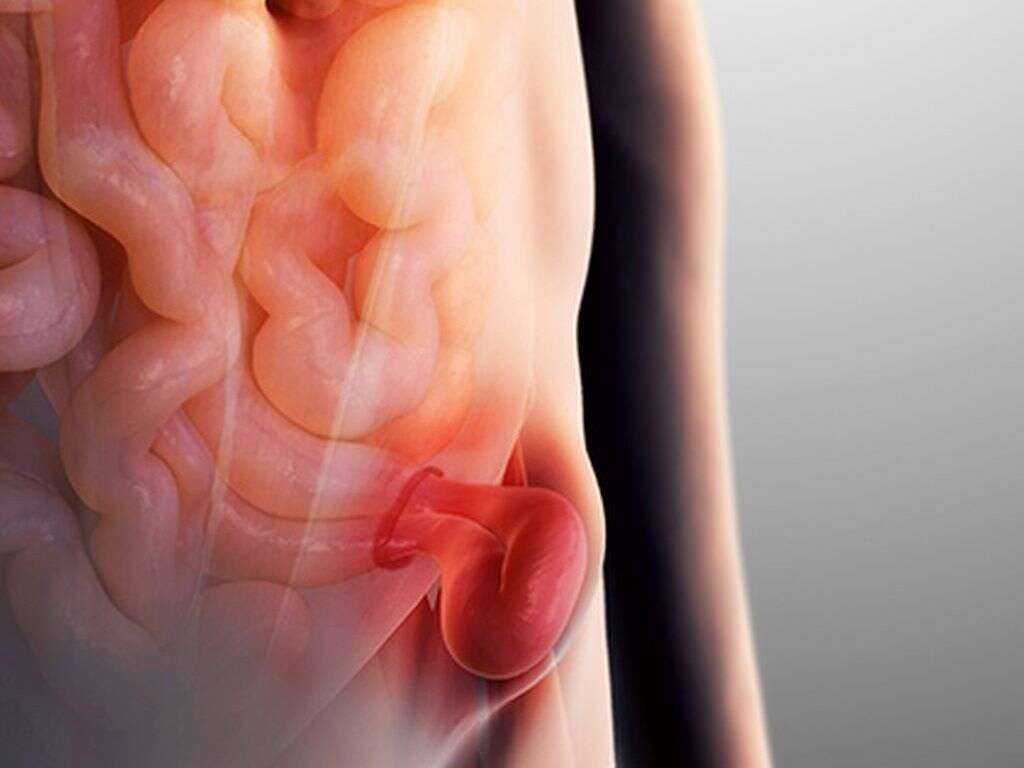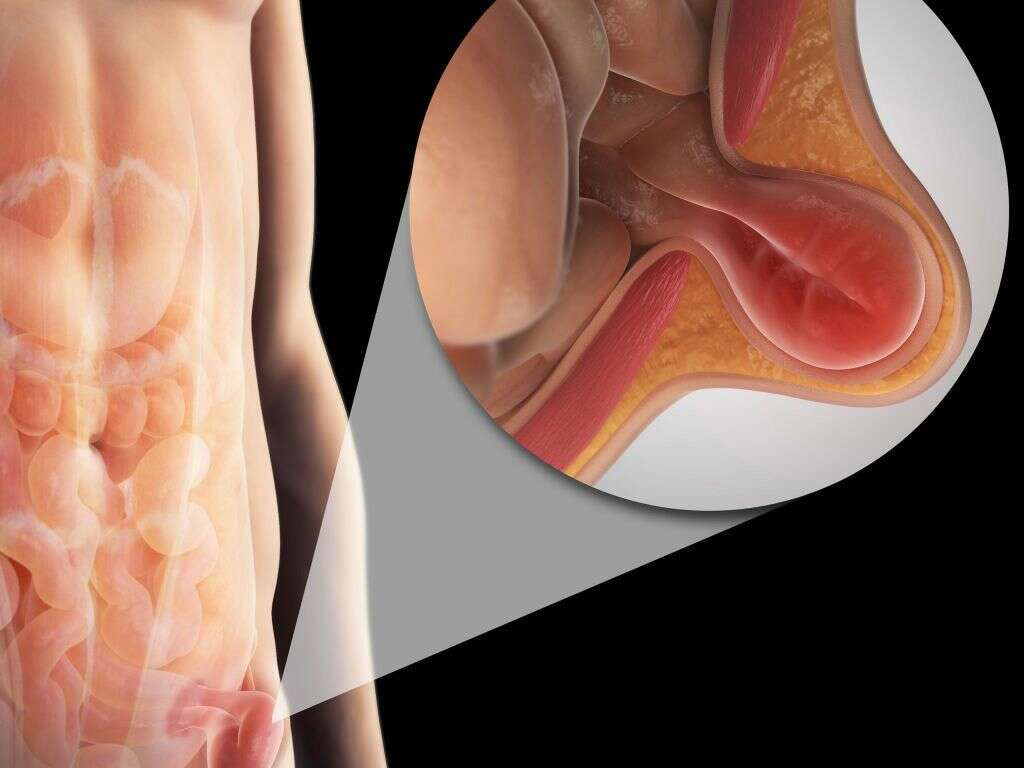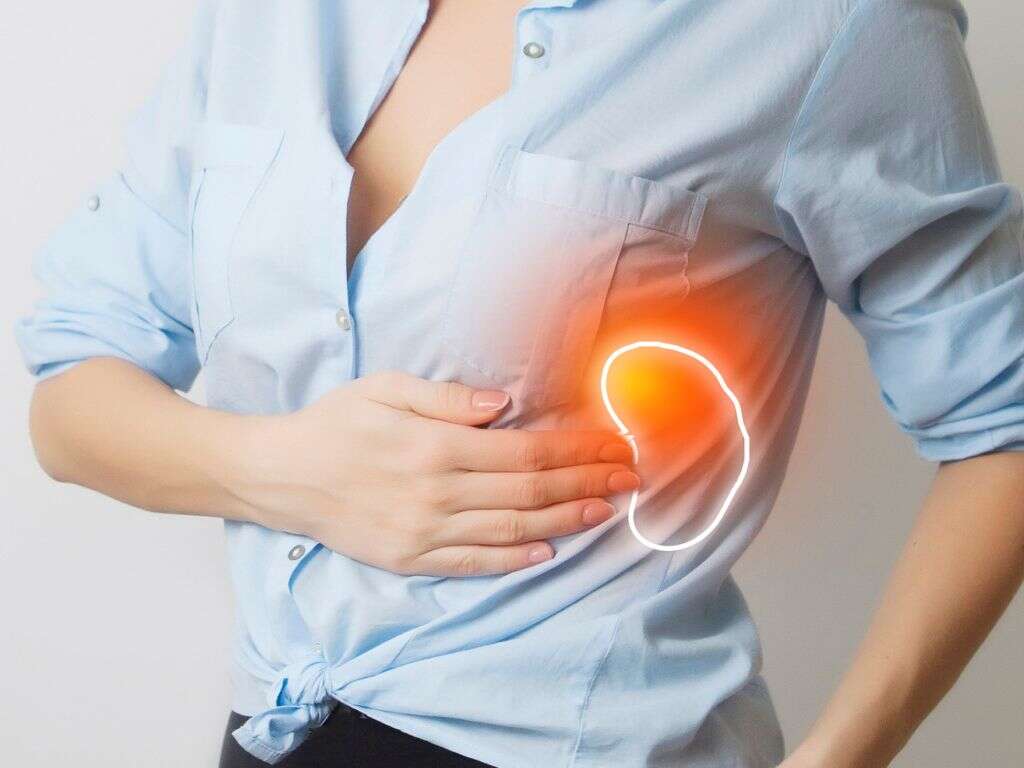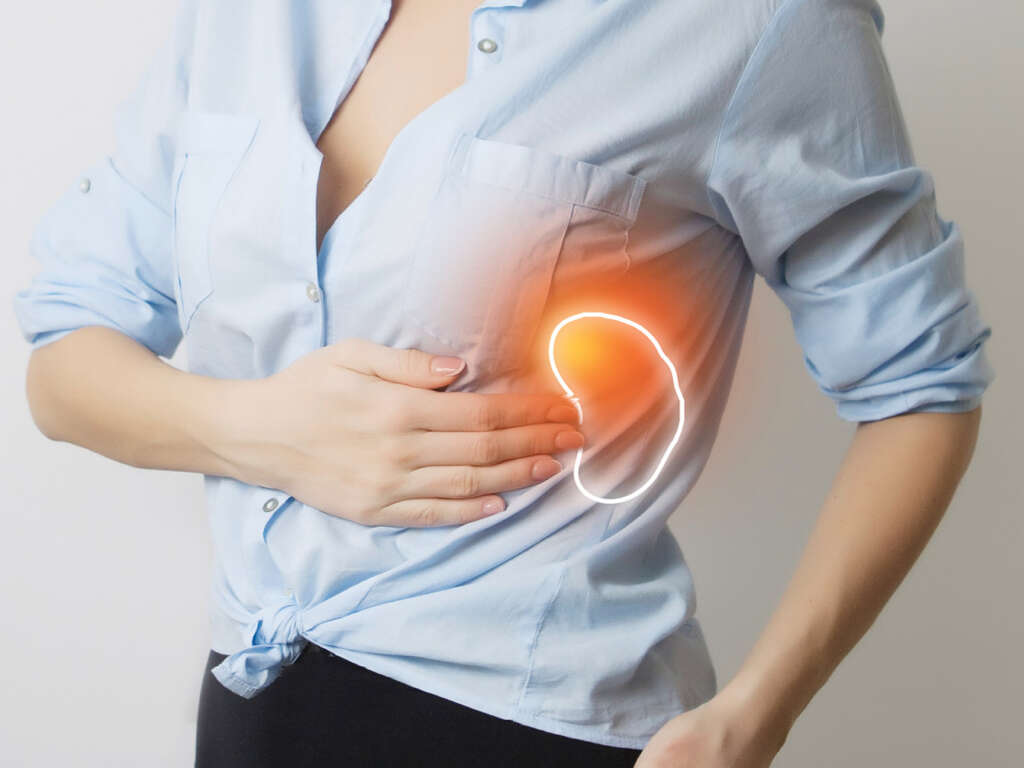10 Causes of Spleen Pain
The spleen is one of the internal organs within the abdomen. The fist-sized organ is found in the left side of the abdomen, immediately below the rib cage.
A component of the immune system, the spleen is connected to the lymphatic system. Its roles include filtering blood, storing platelets and white blood cells, recycling broken down red blood cells, and destroying harmful microorganisms like bacteria.
However, something can happen in the body that disrupts the workings of the spleen. This can lead to spleen pain, which is felt in the upper-left part of the abdomen. Should you experience this kind of symptom, it is natural to want to know what may have caused it. Below are 10 causes of spleen pain.

Cause #1: Trauma
The spleen is located within the left side of the upper abdomen just below the rib cage. This location exposes it to injuries in cases of moderate and severe traumas such as contact sports, accidents, and fights. The problem can be even more serious if the trauma was focused on the left side of the body.
It is recommended that you undergo examination any time you are involved in an accident. This way, any injury to the spleen or other internal organs can be checked at the earliest.

Cause #2: Splenic Abscess
Almost all splenic abscesses result from bacteremia (the presence of bacteria in the blood). However, some abscesses spread to the spleen from other nearby sites such as the liver. Infections like endocarditis (inflammation of the innermost layer of the heart), urinary tract infections, and gastrointestinal infections can cause bacteremia and subsequently lead to abscesses in different places, including the spleen.
Splenic pain is one of the symptoms of splenic abscess. However, note that these abscesses are extremely rare. Splenic pain is usually localized to the left shoulder, and can be associated with fever and other systemic symptoms. Enlargement of the spleen or splenomegaly and abdominal tenderness can also be present.

Cause #3: Blood Flow Disorders
The splenic artery is the main blood supply of the spleen while the splenic vein drains the blood from the organ. If blood flow to the spleen is compromised (i.e. due to arterial or venous occlusion), tissue ischemia and necrosis can ensue resulting in infarction of the organ with left-sided abdominal pain. Occlusion of splenic blood vessels can be caused by an embolus, which can be defined as mass that travels through the bloodstream and can obstruct blood vessels at a site distant from its point of origin (i.e. a thrombus generated in the lower extremities can travel and obstruct a vessel in the lungs). Also, abnormal cells can accumulate in the spleen and cause venous congestion and subsequent splenic infarction.
Causes of splenic infarction include bloodborne malignancies (i.e. leukemia, lymphoma), hypercoagulable states (i.e. sickle cell disease, polycythemia vera, malignancy), disorders that can generate emboli (i.e. atrial fibrillation, endocarditis, prosthetic heart valves), abdominal trauma, and pancreatic disorders. Moreover, splenic blood vessels are located close to the pancreas. For this reason, diseases of the pancreas, such as pancreatitis or pancreatic masses, can affect the blood flow to the spleen and thus cause splenic infarction. No matter the cause of infarction, the subsequent splenic pain can be terrible. This pain can radiate to the left shoulder and is usually sharp and sudden. It is a medical emergency that can require supportive care or even splenectomy (surgical resection of the spleen).

Cause #4: Viral Infections
Some viral infections such as mononucleosis can cause splenic complications. Mononucleosis is an infectious disease that is also called mono or glandular fever. Its other name, kissing disease, is used because the disease is easily transmitted through kissing or exchange of oral fluids. Mono infections are usually self-limited. However, they can lead to serious complications.
In some cases, mononucleosis can cause splenic pain due to the enlargement of the spleen (splenomegaly). In extreme cases this can lead to splenic rupture, causing a sharp, sudden, and intense pain in the upper-left part of the abdomen. Although rare, splenic rupture is the leading cause of death in patients with this disease. Patients with mononucleosis who present with splenomegaly should avoid physical activity, and take precautions to avoid trauma to the chest or abdomen.

Cause #5: Malaria
If you live in a country where malaria is endemic, or you plan to travel to such a place, you should consider learning about malaria and its symptoms and signs. Infections caused by malarial parasites can induce a variable splenic response, mostly characterized by splenomegaly. The spleen is a part of the body’s lymphatic system; thus in the presence of malarial parasites, it works overtime to produce cells that can fight off the infection. Also, it is in charge of filtering great quantities of red blood cells that are either parasitized or destroyed by the parasite during its life cycle. This increase in function (and resulting congestion), is responsible for the increase in splenic size and abdominal pain reported in patients with malaria.
Hyper-reactive malarial splenomegaly can also cause massive splenomegaly and splenic pain in patients from endemic countries. It is caused by an abnormal immune response to the parasites, due to chronic exposure to the infection.

Cause #6: Sickle cell disease
Sickle cell disease is a genetic disorder that manifests in early childhood. It results from a mutation in hemoglobin (Hb), a protein molecule located in red blood cells that transports oxygen from the lungs to the body’s tissues. This mutation generates abnormal hemoglobin known as hemoglobin S (HbS) that, in “stressful” conditions for the red blood cells (RBCs), polymerizes and aggregates resulting in sickle-shaped RBCs (i.e. the shape of a reaping hook). This causes the red blood cell to continuously sickle and de-sickle, resulting in damage to its outer membrane. Thus, organs like the spleen (part of the reticuloendothelial system) remove these damaged RBCs from the circulation.
Patients with sickle cell anemia can develop a serious complication known as splenic sequestration that can cause severe abdominal pain. It occurs when high quantities of blood made up by sickled RBCs become trapped in the spleen causing it to grow in size. Splenic infarctions (tissue death) result in scarring of the tissue and a loss of function (functional asplenia or auto splenectomy). Splenic sequestration is characterized by rapid enlargement of the spleen, and life-threatening anemia that, if not treated promptly, can result in hypovolemic shock and death (low levels of blood in the systemic circulation that results in lack of blood to most organs).
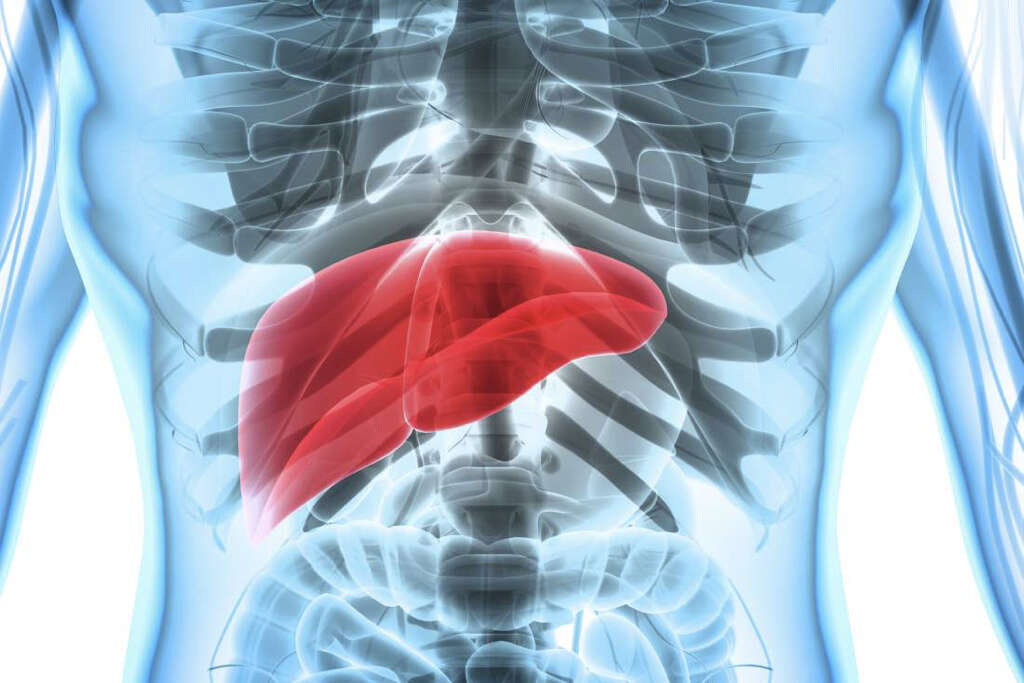
Cause #7: Gaucher Disease
This is a very rare genetic disease in which glucocerebroside accumulates in cells and certain organs such as the liver and the spleen. It can cause the spleen to progressively grow in size, however, it can be painless at first. Some patients develop massive splenomegaly.
Traumatic splenic rupture is one of the common complications of Gaucher disease. In addition to the abnormal size of the spleen, spleen functions are also affected, leading to increased destruction of cells (i.e. red blood cells, leading to anemia).

Cause #8: Liver Cirrhosis
In liver cirrhosis, hepatic tissue is damaged and has been replaced by scar tissue that can no longer carry out many of its functions. The exact mechanism of splenic changes in liver cirrhosis is unclear. Liver cirrhosis increases the pressure in the hepatic portal vein, which is responsible for carrying blood from the gastrointestinal tract, gallbladder, pancreas, and spleen to the liver. This pressure can back up into several of these organs, causing serious complications. Known complications of liver cirrhosis are splenomegaly and hypersplenism.
Hypersplenism is a sequela of splenomegaly and refers to an overactive spleen, that can cause sequestration and premature destruction of blood cells. Thus, patients with hypersplenism can develop cytopenia (i.e. low levels of platelets, white blood cells, and red blood cells). Splenic pain is a symptom of an enlarged spleen that may also become palpable, and tender.

Cause #9: Spleen Cancer
The spleen is a secondary lymphoid organ; thus, it is a common site for the dissemination of malignancies like lymphoma. It can be involved with any lymphoid malignancy; nonetheless, splenic pain due to splenomegaly is rarely the predominant presenting symptom of these diseases. Furthermore, some lymphoma subtypes can present with isolated splenomegaly (i.e. diffuse large B-cell lymphoma, mantle cell lymphoma).
In patients with lymphoma, splenic pain can be associated with unexplained weight loss, fever, night sweats, and fatigue.

Cause #10: Leukemia
Leukemia has many forms; one of these is acute lymphocytic leukemia (ALL). ALL has many symptoms and signs (i.e. pallor, fatigue, enlarged lymph nodes, easy bruising, bleeding, joint pain) including splenic pain.
The spleen can become painful and tender in leukemia. The buildup of leukemia cells within the liver and spleen causes enlargement and tenderness of the organs. Symptoms of such enlargement include swelling of the abdomen and a feeling of fullness after eating a small meal.








